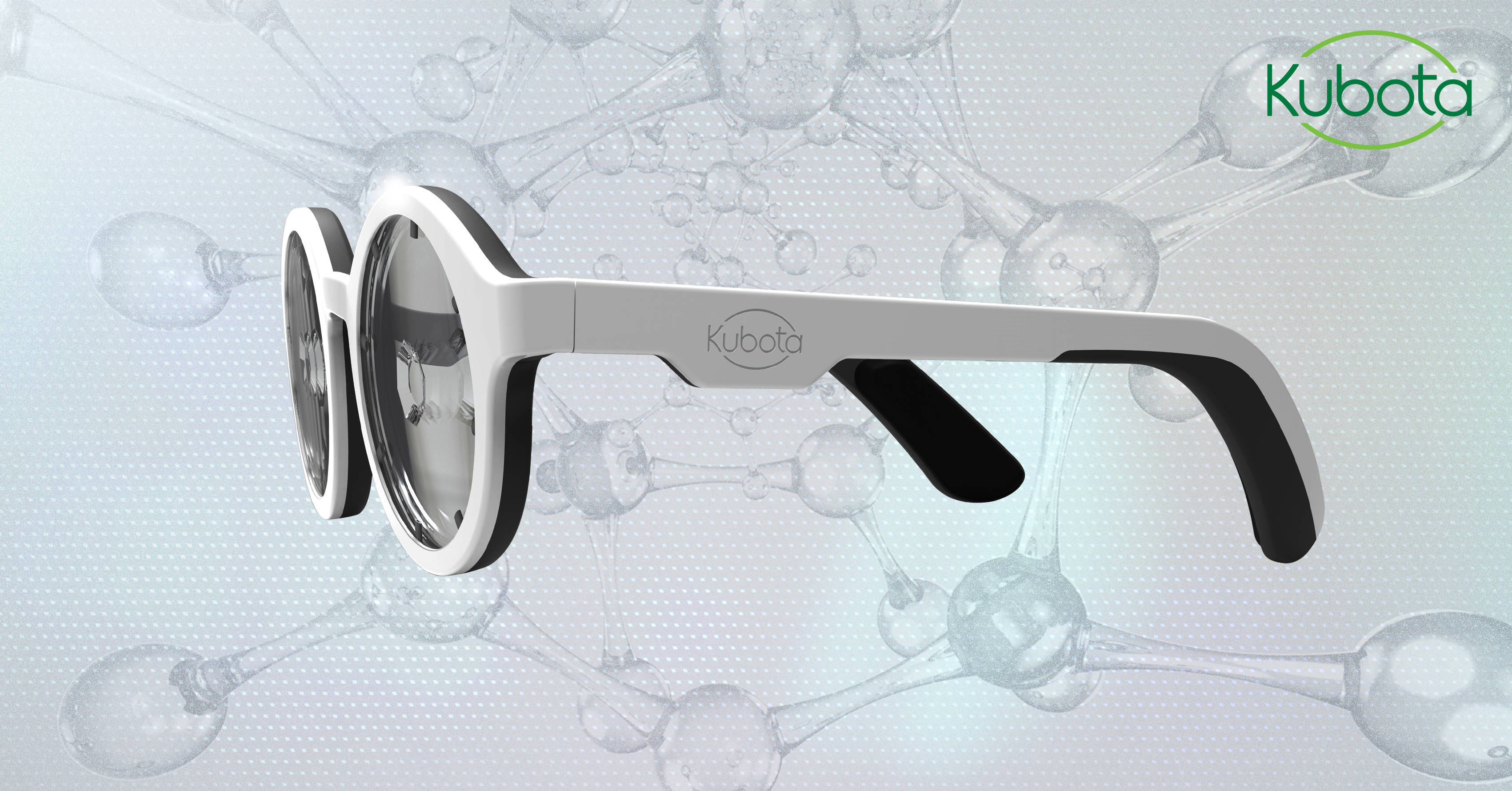Kubota’s Smart Glasses Aim to Slow Myopia Progression

They won’t help you search the Internet, but Kubota Vision’s glasses may help slow the progression of myopia, and possibly even prevent the condition when worn by children.
Kubota Vision, led by Ryo Kubota, MD, PhD, recently completed a proof-of-concept study to validate the use of a wearable device based on its technology to control myopia. The company reported that the study confirmed that changes in the eye’s axial length from baseline in the test versus control eyes can be replicated with the wearable device.
The glasses not only have the potential to improve myopia, but also to reduce the risk of myopia-related eye diseases such as myopic macular degeneration, retinal detachment, and glaucoma.
Myopia is the leading cause of visual impairment in children. The condition currently affects more than 1.9 billion people worldwide. By 2050, research suggests that number could escalate to nearly 5 billion – about half the world’s population.
In parts of Asia, myopia is especially pervasive. According to a review and meta-analysis out of the UK, disease prevalence in China, Malaysia, and Singapore hovers between 72% and 90%.
How It Works
Unlike LASIK and orthokeratology, which reshape the cornea, Kubota’s glasses work to shorten the eye’s axial length – the distance from the cornea to the retina. Studies have shown that focusing an image or light in front of the retina reduces eye growth.
Kubota’s technology projects myopically defocused virtual images, generated using micro-LEDs on the peripheral visual field, to actively stimulate the retina, according to company press releases. Using nanotechnology, “the glasses project an image in front of the peripheral retina, teaching the eye to become shorter, thus reducing or reducing the rate of development of myopia while maintaining central vision and not affecting daily activities,” the company said in an email.
Preliminary studies have shown the glasses may not require full-time wear, the company said.
Partnerships and Proof-of-Concept
Kubota is partnering with the Research Foundation for the State University of New York to conduct and carry out testing and characterization of its device to further evaluate its effects on choroidal thickness and axial length.
A previous study conducted by Kubota using a benchtop device demonstrated eye length decreased in a test eye compared with a control eye when Kubota’s image was applied, suggesting it inhibited myopia. The proof-of-concept study, which began in June, evaluated a wearable device based on its technology.
Kubota also tapped Massimo Pinazza and Claudio Dalla Longa of Vista Eyewear to design the glasses. The company hopes to have a prototype ready later this year. “With eyeglass designers in place to design the smart glasses using Kubota Glasses technology, we are getting one step closer to our vision to apply Kubota Glasses technology in augmented-reality devices and virtual-reality devices to protect vision through myopia treatment,” the company said via email.
Kubota isn’t just limiting itself to devices. Its candidate emixustat HCI is in Phase II and Phase III trials for proliferative diabetic retinopathy and Stargardt disease, , respectively, and gene therapy candidate human rhodopsin for retinitis pigmentosa is in preclinical investigations. It’s also working on a home-based miniature optical coherence tomography platform as well as a device for NASA to address SANS, or spaceflight-associated neuro-ocular syndrome.
A Treatment for the Young
Adults over age 30 ready to say goodbye to their glasses may have to seek an alternative, however. Kubota said its glasses work best on individuals between ages 6 and 30. If successful, the glasses may serve as a way to prevent a rapidly developing condition among this age group.
Reference
1. Rudnicka AR, Kapetanakis VV, Wathern AK, et al. Global variations and time trends in the prevalence of childhood myopia, a systematic review and quantitative meta-analysis: implications for etiology and early prevention. Br J Ophthalmol. 2016;100:882-890.
